Though unseasonably warm weather forced researchers to end their fieldwork early, excellent visibility and settled conditions aided them in completing the 65th annual Isle Royale Winter Study. Survey estimates indicated 30 wolves and 840 moose, with the majority of both populations concentrated on the east end of Isle Royale National Park.
Michigan Technological University’s annual winter study is a major component of the Isle Royale Wolf-Moose project. The longest-running predator-prey study in the world, the project is led by Sarah Hoy, John Vucetich and Rolf Peterson of Michigan Tech’s College of Forest Resources and Environmental Science (CFRES). It has taken place every year since 1958 with the exception of 2021, when it was canceled due to COVID-19.
Key takeaways from the new winter study, released this week, include evidence of at least three wolf litters and four territorial packs. There was a significant drop in adult moose mortality rates attributed to starvation while death rates due to predation were up.
Study Curtailed, But Visibility Helps Compensate
Rather than their usual seven weeks of fieldwork, researchers had just shy of two, from Jan. 19 to 31, before the 2024 winter study was cut short. Persistent above-freezing temperatures caused deteriorating lake ice conditions that eventually made landing the ski plane used for the moose and wolf count impossible. At one point, the team helped haul the 820-pound Aeronca Champ off the melting ice onto land. The pilot was eventually able to fly out, and researchers hoped that conditions would improve, but the weather didn’t cooperate. The team departed for the mainland via a helicopter, which does not require ice to land.
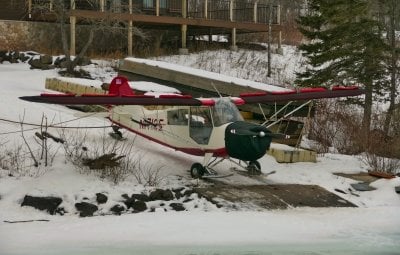
“We were really disappointed. But obviously, the safety of all our crew is our top priority and we are all very used to having to change and adapt our fieldwork plans based on weather conditions,” said Hoy.
Peterson said the irony of the shortest winter study on record was that it yielded exceptional results.
“Despite the very short survey period and lack of ice and snow, we were able to complete one of the best moose surveys I’ve seen in the past half century,” he said.
“The overcast skies and calm winds were exactly what we needed for flying and seeing moose on our census plots, and 10 inches of fresh fluffy snow came right before our arrival, providing a perfect backdrop for spotting moose.”
Wolf Packs Go Where the Prey Is
Michigan Tech researchers observed a stabilized wolf population estimated at 30. That’s down from the 2022-23 study count of 31, up from 28 in 2021-22 and a vast change from a decade ago, when there were only two wolves on the island incapable of reproducing. The wolf population began its recovery after the National Park Service translocated 19 wolves to Isle Royale between 2018 and 2019.
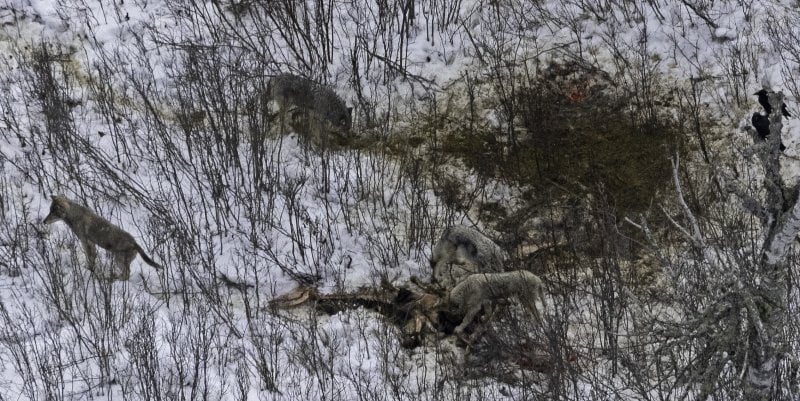
In 2024, for the first time in more than 15 years, researchers found evidence that suggests the wolf population includes four territorial packs: a West Pack with at least four wolves; a Middle Pack with at least seven wolves; an East Pack with at least 13 wolves; and a Northeast Pack with at least five wolves. In addition to the packs, researchers observed evidence suggesting there was at least one wolf that appeared to be living alone. A small number of lone wolves were reported in the previous winter study.
From their survey plane this year, researchers saw wolves that appeared to be 9-month-old pups in the Middle Pack, East Pack and Northeast Pack. They didn’t observe any indications that the West Pack produced a litter last April, but said the lack of evidence is inconclusive due to the relatively short amount of time they were able to be on the island this winter.
"That the wolf population consists of four packs is really noteworthy — a strong sign that the wolves have plenty of food."
Two-thirds of the wolves observed on the island were on the east end. Researchers said that’s likely because that’s where there are the most moose.
Weather — in this case, lack of snow cover on lake ice — also played a part in predation patterns. Researchers found evidence suggesting that wolves had killed at least seven moose over a three-week span in January, with four of the kills occurring shortly before the team’s arrival.
About the Researchers
“Several of those kills appeared to be the result of wolves chasing moose out onto glare ice, where wolves would likely have an important advantage because of the lack of traction that moose hooves have on ice when it is not covered in snow,” said Hoy.
More Predation, Fewer Calves for Moose
While the moose population on Isle Royale dropped an estimated 14% from 2022-23, the rate of the year-over-year decline notably slowed, said Hoy. Last year’s population drop was roughly 28%. Overall, the moose population has declined by nearly 60% since 2019, when the moose population peaked at just over 2,000.
What is perhaps the most significant shift this year is that malnutrition is not the leading mortality factor for moose.
“For the first time in many years, wolf predation is once again the main cause of mortality for adult moose,” said Hoy.
Malnutrition was an important cause of death between 2019 and 2022. In the new study, researchers noted a dramatic decline in the proportion of adult moose dying from malnutrition in 2023, while the proportion killed by wolves greatly increased. Researchers gleaned the insight from data collected during necropsies of more than 170 moose that died over the past three years. The necropsies are conducted as part of Moosewatch, a long-term citizen science project.
The unusually high number of moose dying from malnutrition in recent years is thought to be largely due to food shortages, caused by a large moose population unchecked by predators as the wolf population dwindled. Moose can eat 30 to 40 pounds of vegetation daily. High levels of moose browsing for several consecutive years severely limited the growth and survival of tree and plant species that moose prefer to eat, including balsam fir.
“It appears that restored wolf predation is now coming to bear on calf survival, greatly reducing the growth potential of the moose population, but offering hope that trees stunted by moose feeding might finally be able to grow,” said Peterson.
Researchers said another factor in the ongoing decline in moose abundance is fewer calves being born and surviving until winter. Each year, researchers record how many 9-month-old moose calves they spot during the census and use that data to estimate recruitment rates, which is the proportion of the population that are calves. This winter, less than 6% of moose seen during the surveys were 9-month-old calves.
“Moose recruitment rates have been well below average for each of the past five years,” said Hoy. “This year’s recruitment rate of just under 6% is higher than last year’s estimate of 2%, but is still substantially lower than the long-term average recruitment rate of 13%. When recruitment rates are high we tend to observe cows raising twins — however, we did not observe any cows with twins this winter.”
Project Moves Into Summer Fieldwork Phase
Researchers will continue to add to their observations and supplement findings.
“Because the winter field season was cut short by warm weather, we hope to confirm and add insights in the upcoming months by summer field observations and our collaborators’ genetic analyses of wolf scats,” Vucetich said.
Other collaborations continue to add depth and breadth to the project. This year’s study highlighted research that focuses on moose bones and what they can teach us about human diseases. The researchers are eager to see how the story of Isle Royale’s most famous inhabitants continues to unfold.
“The western part of Isle Royale has fewer wolves and fewer moose — both kept low by the deeply impacted vegetation. But the eastern part of Isle Royale is a different story, where the vegetation, moose and wolves are all more abundant,” said Vucetich. “In the upcoming years, we’ll pay attention to whether the wolves can limit the moose in the east or whether the vegetation can continue supporting this higher abundance of moose. As always, we look forward to what comes next.”
Michigan Technological University is an R1 public research university founded in 1885 in Houghton, and is home to nearly 7,500 students from more than 60 countries around the world. Consistently ranked among the best universities in the country for return on investment, Michigan's flagship technological university offers more than 185 undergraduate and graduate degree programs in science and technology, engineering, computing, forestry, business, health professions, humanities, mathematics, social sciences, and the arts. The rural campus is situated just miles from Lake Superior in Michigan's Upper Peninsula, offering year-round opportunities for outdoor adventure.
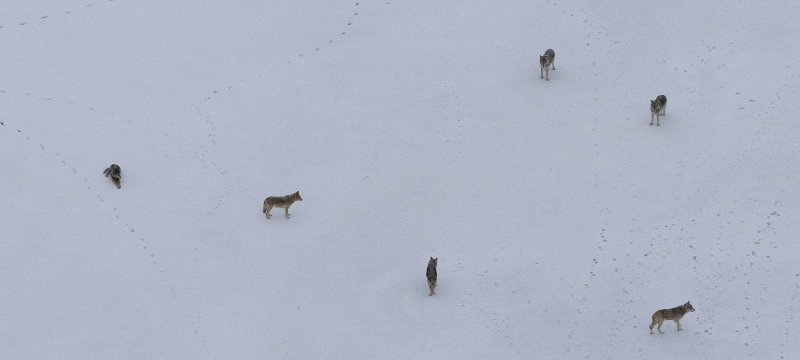




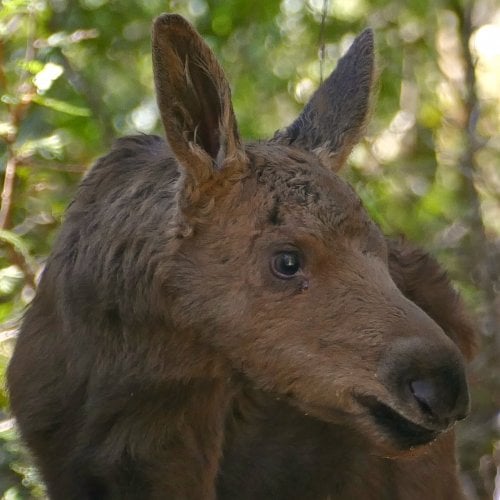
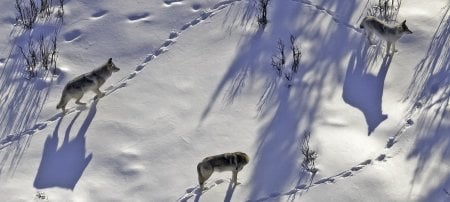
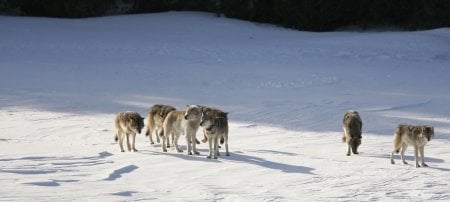


Comments